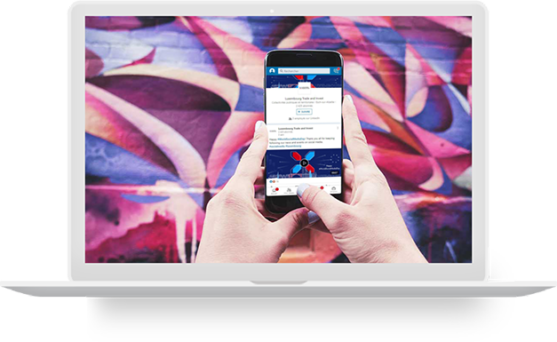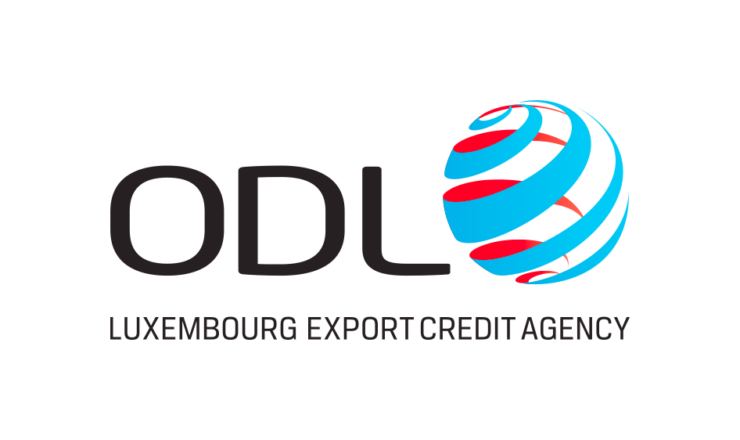 Twitter
Twitter
Number of monthly users: 330 million Source: Omincoreagency.com
Men and women, ages 18-65
Twitter gives its users a steady stream of information and new content from all over the Internet. It has millions of engaged users every month, and practically every brand in the world has an account to update its customers. It may not have the same broad audience as Facebook, but it is easily one of the most accessible networks on the planet.
However, Twitter famously limits its users to messages of 280 characters or less. That means you have to be concise, interesting, and informative all in one tweet, and that can be a challenge. However, when you do it correctly, people can like or retweet what you have written so that you can appeal to a broader audience. For expansion of brand awareness, Twitter is reportedly one of the best social media platforms.
With Twitter, you can tag companies or customers in posts, retweet positive customer tweets, and respond to customer questions via tweet or direct messages. Like Facebook, you can also post content like photos or videos.
Users can easily communicate with others through simple actions like tagging, hashtagging, commenting, private messaging, reacting to posts, and re-sharing content. You can also create an original hashtag to promote your campaign or content, which allows you to build a unique brand.
Hashtags on Twitter and Instagram help increase your social media presence as they make your content viewable by anyone who has an interest in your hashtag as it goes beyond just your followers. Hashtags can help you build a brand for your business or yourself by engaging with customers and joining the conversation about what is trending.
 Instagram
Instagram
1 billion active users in 2020 Source: Omincoreagency.com
25 million businesses
Demographics: 67% of US adults between 18 and 29 years of age use Instagram. Source: Hootsuite
Bought by Facebook in 2012, Instagram has grown into a social media powerhouse with the world’s top brands leveraging the account to create engagement, build awareness and increase sales. Here are a few key numbers to keep in mind when considering if to extend your social media activity to this platform:
- 928.5 million people can be reached through Instagram ads (last updated by Simon Kemp in 2020, CEO of Kepios and thought leader in digital marketing)
- 90% of users on Instagram follow a business account (updated by Instagram in 2019)
- More than 500 million accounts use Instagram Stories each day (last updated by Instagram in 2019)
Instagram is one of the youngest social networks, with a majority of users under 25. That makes it the perfect social network for brands or companies that target young, hip demographics. Photos and short videos (less than 60 seconds) with a small amount of text do exceptionally well on Instagram. Instagram also integrates with your Facebook and Twitter accounts so you can use the same photos across multiple platforms.
Users all over the world are adopting the platform — and some countries are seeing massive growth in their number of Instagram users.
 YouTube
YouTube
Number of monthly users: 2 billion. Source: Hootsuite
Demographics: Men and women, ages 15-80 and older
YouTube is kind of a catch-all when it comes to content since so many people use it. Bought by Google in 2006, it is no surprise that is has become the second-largest search engine in the world after Google. Comedy and music do well on YouTube, but it can also be used effectively for business. Many businesses on YouTube have a creative, visual or educational component e.g. they use it to post tutorials or webinars.
Companies can create a Youtube business page and group videos by category, topic and language. It is a good idea to use the tags that YouTube suggests, since they are based on what people commonly search for. You can also manually add extra tags and variations on your tags. Smart keywords and hashtags are important to help SEO and ensure the video is found by a maximum number of viewers. In-depth analytics are available to understand engagement and audience. Sponsored ads can also be placed on YouTube.
Other Channels in Asia
China has its own set of predominantly mobile-based social media and networking platforms. There are three major players i.e. WeChat, QQ and Weibo. WeChat has over 1 billion users and a powerful and broad feature set and is also being used widely for business purposes.
LINE is the most popular messaging application in Japan, Thailand and Taiwan. The majority of LINE’s 211 million monthly active users are located in those areas. However, they are also growing in influence in Spain, Argentina, Singapore and Hong Kong, largely due to their specialised global marketing strategy. Similar to WeChat, Official Account holders can build their own experiences/applications within the app called Business Connect.

 LinkedIn
LinkedIn Facebook
Facebook Twitter
Twitter Instagram
Instagram YouTube
YouTube

